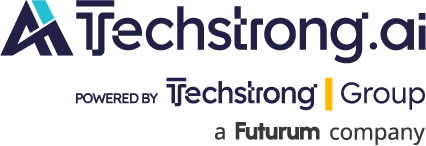
Glean today updated its artificial intelligence (AI) assistant that leverages an enterprise graph framework and model context protocol (MCP) server that makes it simpler to personalize interactions with agents that organizations have deployed.
These additions to the Work AI platform will make it possible to use the Glean Assistant to drive agentic AI workflows using a set of application programming interfaces (APIs) and software development kits (SDKs), says Emrecan Dogan, head of product at Glean.
At the core of that extension to the Glean platform is an Enterprise Graph, which the company created to capture relationships between people, content, workflows and applications. Additionally, Glean has developed a Personal Graph that each employee can use to discover individual projects.
Those two graphs are now also integrated with an existing Glean Knowledge Graph that is used to discover backend systems.
Rather than providing end users with a generic AI assistant, the overall goal is to provide each employee with a personal assistant that is optimized for their use cases that require access to specific corporate applications, says Dogan. That approach eliminates the need for employees to upload documents and master prompt engineering techniques to customize a generic AI assistant, he adds.
For example, Glean Assistant can learn the tone of voice for different writing styles that each employee prefers by analyzing previous documents they created. There is also a workspace, dubbed Canvas, that enables employees to edit content in line using guidance provided by Glean Assistant.
Employees can also control the Glean Assistant experience, choosing between faster responses and extended thinking depending on the depth and complexity of their query. They will also be able to choose among multiple large language models (LLMs) that Glean supports to run those queries.
Collectively, those capabilities make it possible for Glean Assistant to reason through multi-step tasks, gather the right information, and refine its approach until it produces a complete, actionable outcome the employee approves, says Dogan. For more complex tasks that require workflows in parallel, Glean Assistant can also orchestrate sub-agents to run simultaneously and deploy information scouts to continuously adapt to changing parameters.
Glean Assistant is also capable of understanding that it does not have the proper context or cannot answer requests correctly. It then evaluates its own response for completeness and accuracy and, if needed, asks clarifying questions to adapt its plan for achieving a goal. It also determines what sources are needed across both company and web data and consolidates them into a single response, including data stored as an image. Glean now supports more than 100 native actions in connected applications to provide AI agents with access to a wide range of data via a range of validated MCP servers that Glena now supports. IT teams can also deploy their own MCP servers.
Finally, Glean has updated its vibecoding tool for building AI agents to leverage enterprise and personal graphs to build agents that are optimized for specific workflows.
It’s not clear at what pace organizations are adopting AI agents but The Futurum Group projects AI agents will drive $6 trillion worth of business value by 2028. The challenge is making it as simple as possible to build, deploy, manage and secure.

